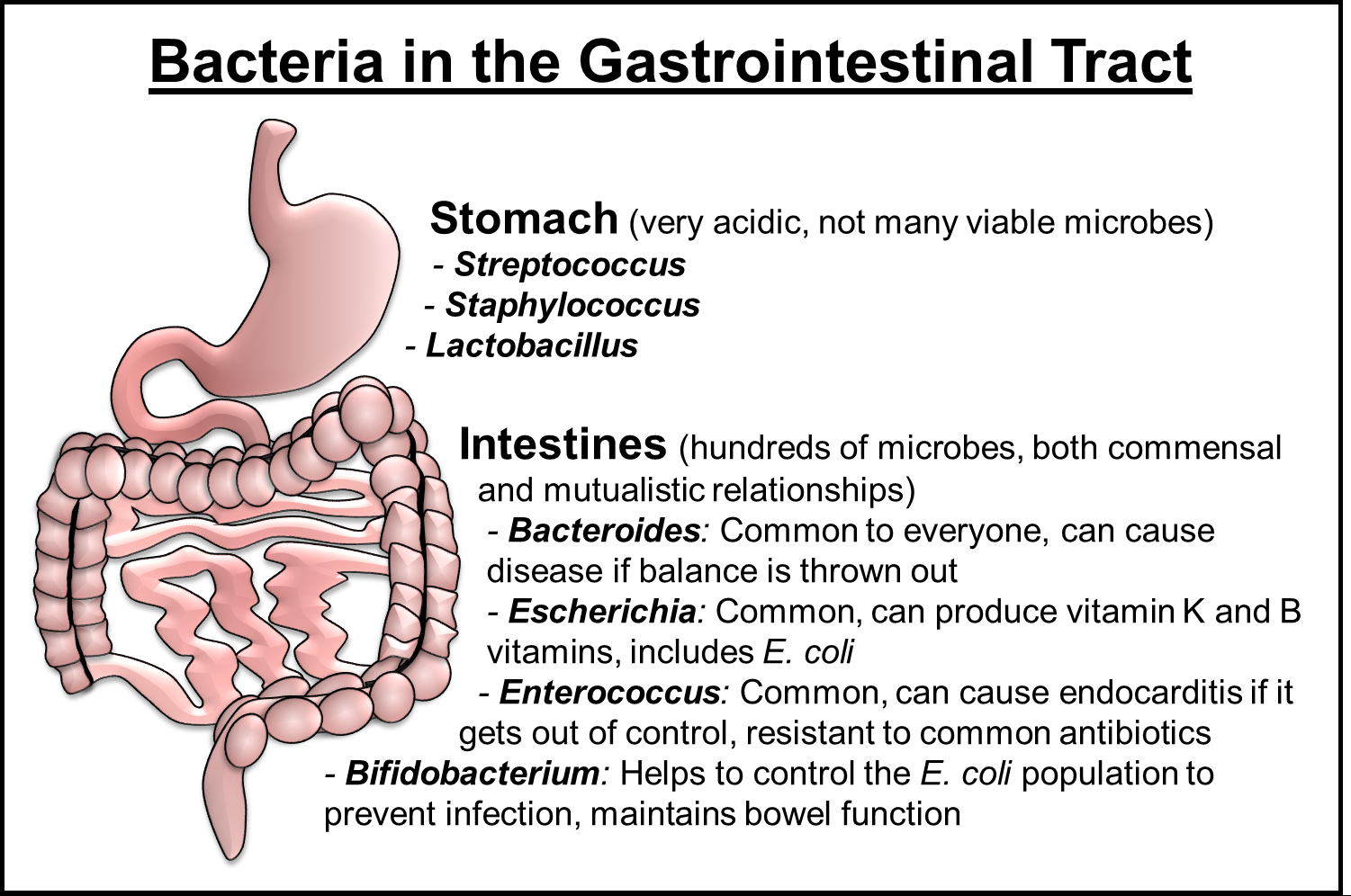Last updated September 5, 2017 at 3:51 pm
You are never alone – meet the gut microbiome, a fabulously complex and, hopefully, balanced community of microorganisms that live inside your body.
You may not like the thought of it, but your body is a cosy home to thousands upon thousands of tiny microorganisms. You are absolutely teaming with non-human life – ranging from bacteria, archaea and viruses – that forms a tight-knit community called the “microbiota”, the collective genetic makeup of which is termed the “microbiome”. Usually when you think of microorganisms you think of infection and diseases, but the little guys that make up your microbiome are among the most important cells in your body.
Microbiota are a big part us, so much so that it has been estimated that there is an approximate ratio of microorganisms to human cells in your body of 1:1. As these trillions of cells are so small (hence the ‘micro’ part) they don’t take up anywhere near as much space in your body as your native cells. However, they can still contribute to up to 2kg of your total body weight.
Microbiota live in various regions of the human body, including the skin, oral cavity, and lungs, they also absolutely adore the grossest parts of you – your gut. In fact, your gut houses the widest variety and greatest total number of microbiota. Different bacteria reside within different regions of the gut, with the vast majority of microbes in the intestines. It is estimated that around a third of your gut microbiota is common with the majority of the population, while the remainder is totally unique to you.
The relationship we have with our gut microbiota is a bit give and take: you provide your microbuddies with a nice cosy home, complete with free food and heating, and your microbiota pay you rent in the form of helping you digest food, as well as protecting you from the nasty bacteria that you swallowed when you at those week-old leftovers the other day.

Whether a species of bacteria is considered ‘good’ or ‘bad’ is kind of a grey area. Many bacteria act in mutual agreement with humans and provide us with some great benefits, but they can cause some serious problems if they get out of control. For instance, Bacteroides species can breakdown plant sugars that your body can’t act on, but overgrowth of these little guys causes some serious diseases that can be fatal. Because a lot of the microbes in your gut have similar motives to the Bacteroides, disruption of the gut microbiome can result in complications, such as inflammatory bowel disease, irritable bowel syndrome, metabolic disease, and fatty liver disease.
Though a core community of microbiota are established in your gut from a few weeks into development, the way your gut microbiota can be shaped after this is truly bizarre and mind boggling. As it turns out, infants receive initial ‘doses’ of bacteria from their mothers during birth, where a baby will take in some cells that will go on to colonise the lower and upper intestines. This process appears to be incredibly essential for establishing an optimal environment in a child’s stomach with some studies suggesting that factors like having a caesarean delivery can result in a less diverse and less healthy gut microbiome. Of course, there’s a whole range of other factors that can influence the composition of your gut microbiome, including age, stress, antibiotic usage, diet, probiotics – not to mention that dysfunctional gut microbiomes can be treated with the absolutely absurd faecal transplant procedure (warning: gross). Funnily enough, simply cohabitating with people can start to change your microbiomes to align more closely with each other, such that similar gut characteristics can be shared by family, friends and even dogs.
Given the important role that the gut microbiome plays in aiding our metabolism and digestion, as well as protecting us from unwanted pest microbes, it is absolutely mind-boggling to think the way you were born, the food you have eaten, and the people you live with can have such a huge impact on the microbes that live within you. If you ask me, it’s just all the more reason to remain conscious of what you put into your body – there might just a bit more to “you are what you eat” than we originally thought!
- For more information on everything we know about the gut microbiome, check out this great review!
Thumbnail image credit: Blausen.com staff (2014). “Medical gallery of Blausen Medical 2014“. WikiJournal of Medicine 1 (2). DOI:10.15347/wjm/2014.010. ISSN 2002-4436.
Follow us on Facebook, Twitter and Instagram to get all the latest science.






























































































































































































































































